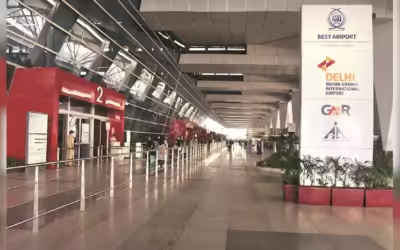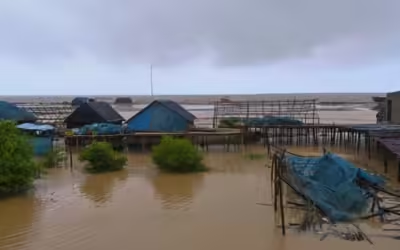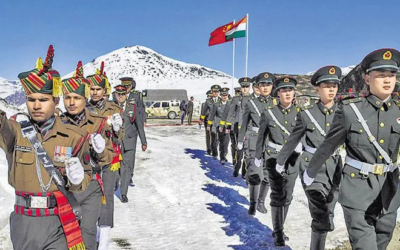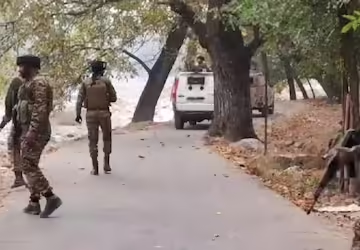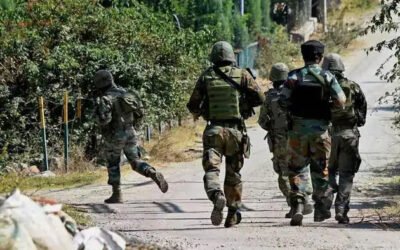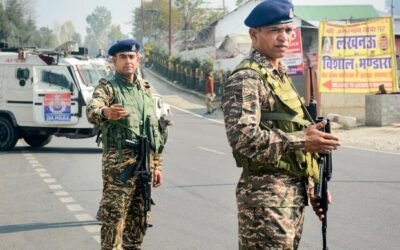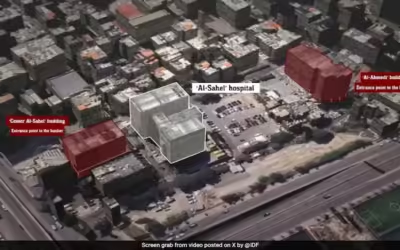Aviation places utmost importance on safety and security, which is why even posts of seemingly low credibility from unidentified social media accounts can significantly affect flight operations.
This week, Indian airlines have been plagued by a series of false bomb threats, receiving a total of 34 threats thus far. Despite their lack of credibility, these threats have caused significant disruptions to airline operations, inconvenienced passengers, and placed considerable strain on the aviation security system.
Aviation industry prioritizes safety and security above all else. Hence, even apparently baseless threats circulating on unidentified social media profiles can significantly disrupt flight activities. A simple keystroke has the power to instigate chaos among airlines and authorities.
A senior official from the Ministry of Civil Aviation (MoCA) emphasized the significance of treating bomb threats seriously, despite the likelihood that 99.99% of them are false. The remaining 0.01% cases are not worth risking, even with stringent pre-departure security measures in Indian airports.
Upon receiving a bomb threat, an aircraft undergoes a stringent security protocol that may involve rerouting the plane to a nearby airport. Upon landing, both the aircraft and passengers’ luggage are meticulously inspected for security purposes. This thorough process requires seamless coordination among various stakeholders, including security personnel, airlines, and airport authorities, and may span several hours before completion.
Sounding the alert
Upon receiving a threat directed at a domestic flight already airborne, the airport or airline promptly convenes a meeting of the airport-specific Bomb Threat Assessment Committee (BTAC). Each airport maintains its own BTAC, comprising individuals from the Central Industrial Security Force (CISF), Bureau of Civil Aviation Security (BCAS), the relevant airline, and the airport management.
The committee is usually convened at the airport from which the aircraft departed and often connects with the BTAC of the destination airport as well to decide the course of action, according to industry insiders. As the name of the committee suggests, it essentially focuses on evaluating whether a threat could be credible or not based on different criteria like specificity of details in the threat, and its timing and source.
Should the committee classify the threat as a “specific threat,” the BTAC will instruct pilots on the appropriate course of action through Air Traffic Control (ATC). Conversely, if the threat is deemed “non-specific,” no immediate measures will be implemented. Government officials and airline representatives commonly assert that the majority of threats directed at particular flights are typically categorized as specific threats as a preventive measure, prompting the implementation of comprehensive security procedures.
A senior pilot, speaking anonymously, stated that the ATC would notify them about the threat and the suggested actions as determined by the committee. These actions might involve returning to the departure airport, proceeding to the destination airport, or diverting to a nearby airport equipped to manage the situation.
When faced with a specific threat while the aircraft is still grounded before takeoff, the airport’s BTAC typically relocates the plane to a secluded area for a comprehensive security inspection.
The complexity of the situation increases when a threat is reported on an international flight operated by an Indian airline that has left Indian airspace and is a considerable distance away. In such instances, foreign Air Traffic Controllers (ATCs), agencies, and authorities play a crucial role in determining the appropriate course of action, which may involve diverting the flight to an alternate airport or requesting a priority emergency landing at the scheduled destination airport.
Security checks upon landing
Once the aircraft for which a bomb threat was received and deemed specific by the BTAC lands, it is taken to an isolated bay at the airport and all the passengers and crew members are made to deboard the aircraft at the earliest possible.
After passengers have disembarked, their baggage, cargo, and catering supplies are unloaded, and then there’s a reevaluation of the passengers, their belongings, and all items that were removed. Furthermore, airline technicians, engineers, and security personnel thoroughly inspect the now-empty aircraft. This comprehensive search includes the use of sniffer dogs and scanning devices, among other specialized equipment.
Should no anomalies be detected, the aircraft is cleared for operations. However, should a suspicious item be unearthed during the search and screening processes, security personnel and bomb disposal units stationed at the site are summoned as required. Additionally, emergency response units such as firefighters and medical personnel are placed on standby during the drill to promptly address any potential emergencies.
Inconvenienced passengers, hassled airlines
The screening process for passengers and their luggage in such scenarios often proves to be a laborious task, resulting in extended waiting times for passengers at the airport until they receive clearance from the authorities. Not only does this inconvenience passengers greatly, but it also poses a challenge for airlines as the affected aircraft must be grounded until it is deemed fit for service again. Consequently, this leads to prolonged wait times, potential flight cancellations, and disruptions in the scheduled operations of the airline, especially if a single aircraft, especially a narrow-body one, is assigned multiple flights within the same day.
In the event of aircraft being redirected to an alternative airport, airlines incur extra expenses covering passenger accommodation, alternative flights, or transportation. Additionally, flight duty time limits (FDTL) for the crew are frequently surpassed, necessitating a mandatory resting period before being able to operate another flight. Consequently, airlines must organize a new crew to take over the flight in such situations.
The matter gets further complicated when the diversion takes place overseas to a remote airport—as it happened this week with a Chicago-bound Air India flight that had to be diverted to a small Canadian town, and last month when a Vistara flight on its way to Frankfurt was diverted to a small airport in Turkey.
Passengers and crew of the Air India flight found themselves stranded and in need of transport to Chicago, which was arranged via a Canadian air force plane. Similarly, in the case of the Vistara aircraft, a new crew had to be sent on another aircraft from Turkey to Frankfurt to continue the journey, as the original crew was unable to operate the flight due to FDTL regulations.













